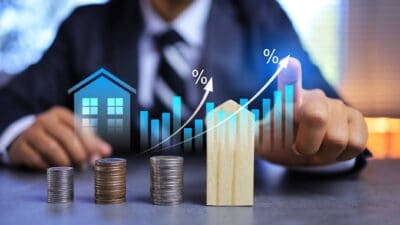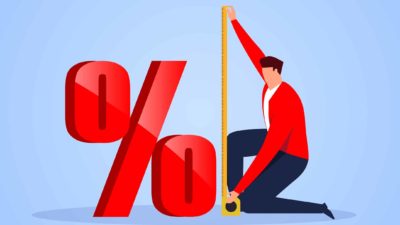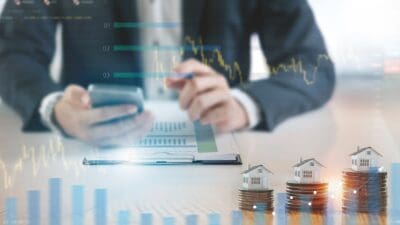S&P/ASX 200 Index (ASX: XJO) investors could be feeling wary of an article posted by Grantham, Mayo, & van Otterloo (GMO) co-founder and chief investment strategist Jeremy Grantham on Wednesday this week.
Grantham has a track record of successfully predicting financial crises. He predicted the dot-com bubble in the 90s and the subprime mortgage crisis that occurred in 2007.
Grantham stated that the United States stock market, as well as the economy in general, is in a "superbubble". He cited the expensive valuations of most types of assets, including stocks, bonds, housing, and commodities. He called them "critically overpriced and now rapidly losing momentum".
These premium valuations, combined with a perceived bear market rally for the S&P 500 in June, and deteriorating fundamentals of the economy, foreshadowed previous superbubble explosions.
He said the headwinds of COVID-19, the invasion of Ukraine, inflation, and supply chain shortages would undermine the fundamentals of shares, with rising interest rates and commodity shocks rocking the boat further.
Grantham stated today's superbubble consists of several dangerous elements observed from the collapse of previous superbubbles. He said: "If history repeats, the play will once again be a Tragedy. We must hope this time for a minor one."
So, should ASX 200 investors be worried about a stock market crash in the US and subsequently in Australia?
Alternative points of view
Not all experts are convinced by Grantham's doom and gloom scenario. In fact, many question whether it's possible to know if an asset bubble actually exists in the first place.
This includes Motley Fool chief investment officer Scott Phillips who, in response to Grantham's article, said:
Is there a bubble? Realistically, no-one knows. Sometimes high prices are bubbles in hindsight. The tech crash of 1999/2000 is a great example. Other times, they simply reflect optimism that ends up being well-placed. How can you tell? You can't.
I'm not going to tell you there's no chance we're in a bubble — that's as impossible as saying we definitely are… and around and around we go. And so? Well, if you can't know when we're in a bubble — and similarly, you can't know when a slump will end — I think the best option is to fall back on the investor's friend — dollar cost averaging.
Sure, I'd love to know if we were, but because I can't, I focus on what I can control: regular saving and investing; being diversified and choosing my investments well, and letting time do the work.
Furthermore, Grantham provides some falsifiability to his thesis of the impending crisis, noting:
If the bear market has already ended, the parallels with the three other U.S. superbubbles – so far so strangely in line – would be completely broken. This is always possible.
The arguments against
As my US Fool colleague, Keith Speights, noted on Monday, the S&P 500 is technically not in a bear market just yet. That's based on the standard barometer of the index losing a minimum of 20% from the recent high. However, the NASDAQ does meet this criterion.
So Grantham's thesis could turn out to be correct but a large part of it hinges on the presence of a bear market. That hasn't been proven yet for the world's most important stock index. Therefore, his conclusion that a massive asset bubble is about to burst is also missing one of its key assumptions.
Furthermore, my colleague Speights also noted that July data suggests that US inflation has possibly peaked. It observed a decline in house and gas prices, which takes the pressure off stocks.
Lastly, Speights also penned that stocks could be entering a new bull market rather than a bear market rally. This is based on analysing previous bear markets and seeing encouraging signs of inflation abating in the country.








